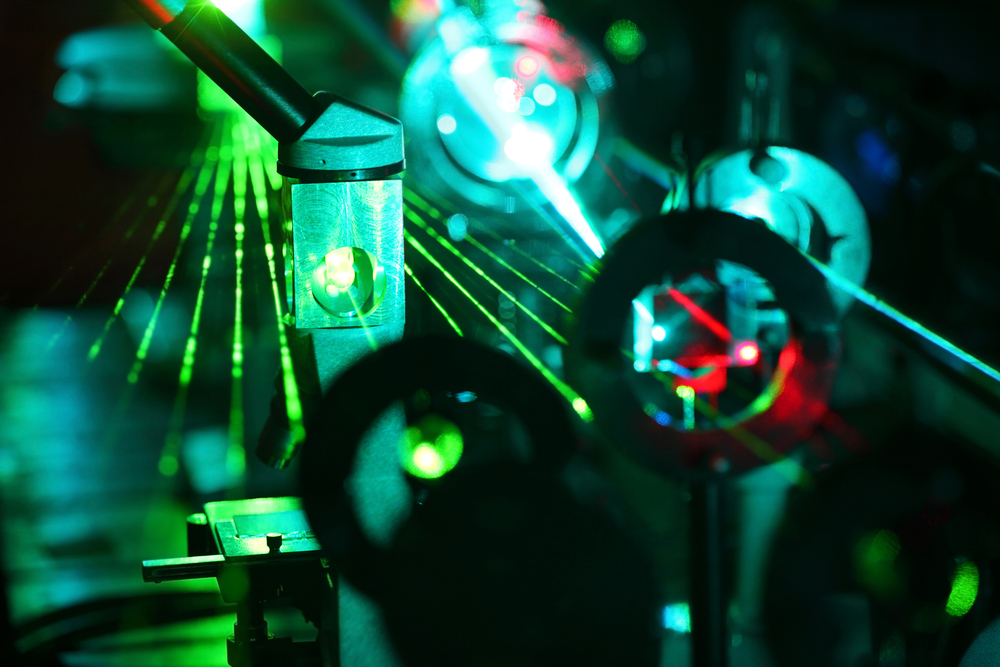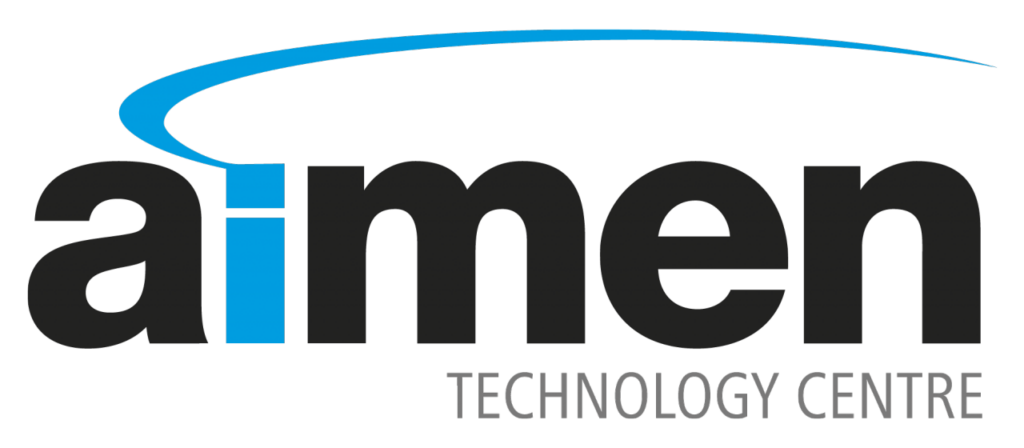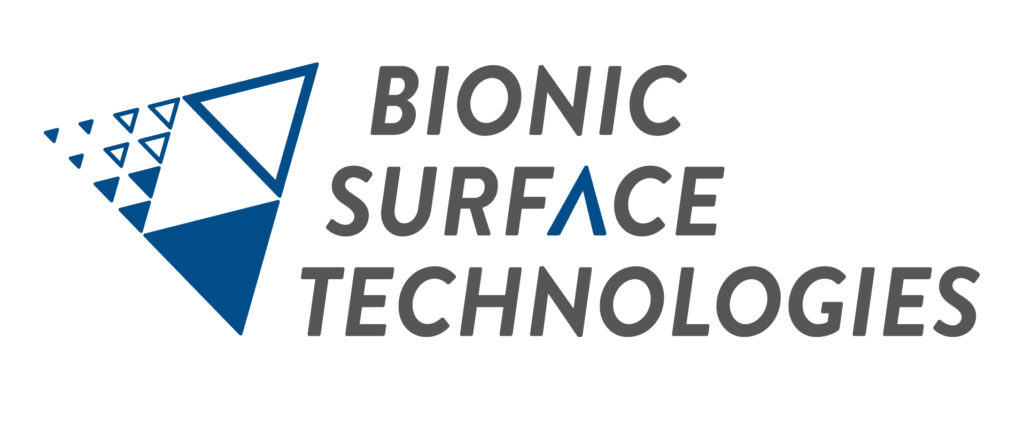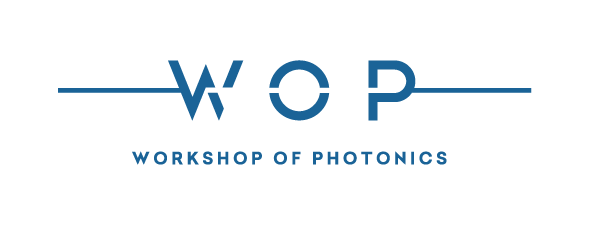Technology
What we offer?
Bilasurf offers new methods for surface functionalisation of complex 3D parts using a laser-based high-rate process. The manufacturing path to develop those methods includes innovation in the following areas: design and simulation of bio-inspired functional surfaces, precision laser tooling, manufacturing integration, inline monitoring and new manufacturing guidance.
These methods serve to create nano- and micro-structured surfaces based on designs inspired by nature, mimicking shark skin (so-called riblet surfaces) and reducing the frictional resistance of flat surfaces. This effect is notably higher for 3D streamlines bodies (e.g. airfoils), as it also positively affects flow separation.
By varying the size and shape of the riblets, different effects can be achieved on the textured surface. As the friction often accounts for an important part of energy consumption, a technology to allow these riblet designs to extend to additional applications and sectors is a key to aim for a more energy-efficient industry.

Know-how
Design
design procedure for the surface geometry
Laser
laser technology able to process large, complex shaped 3D parts.
Inline monitoring
monitoring system for acoustic emission and vision-based geometrical inspection.
Integrated system
3-modules machine for: handling large and complex 3D parts, inline monitoring, and laser and optics .
Guide
guidelines for the manufacturing of rotating 3d parts which are not covered by the existing standard
Team expertise
Benefits
In order to avoid the actual setbacks, BILASURF proposes a new functionalising process for complex 3D shaped parts which suppose a benefit regarding the traditional processes carried on.
Traditional processes
Generation of unwanted by-products: Due to their very nature, these processes thereby leave a significant environmental footprint.
Chemical reactions: the creation of functional surfaces has traditionally relied on processes with a lot of chemicals.
Complete coating of the native surfaces (e.g. aerofoils).
Complex design and application of riblets on highly rotating parts (fan wheels or hydro turbines): the commonly used adhesive foils including the riblet coating cannot meet this requirement.
New functionalising process
- Reduction of environmental footprint: it is a clean process with no waste generation
- Production of tailor-made riblets with a continuously variating cross-section.
- New guidelines to complement the manufacturing standards of target sectors.
- Versatility: enables it to tackle the generation of a wide variety of nano- and microstructures on a wide range of parts of different sizes and shapes because the dimensions of the riblets should ideally change continuously on the surface of these objects










